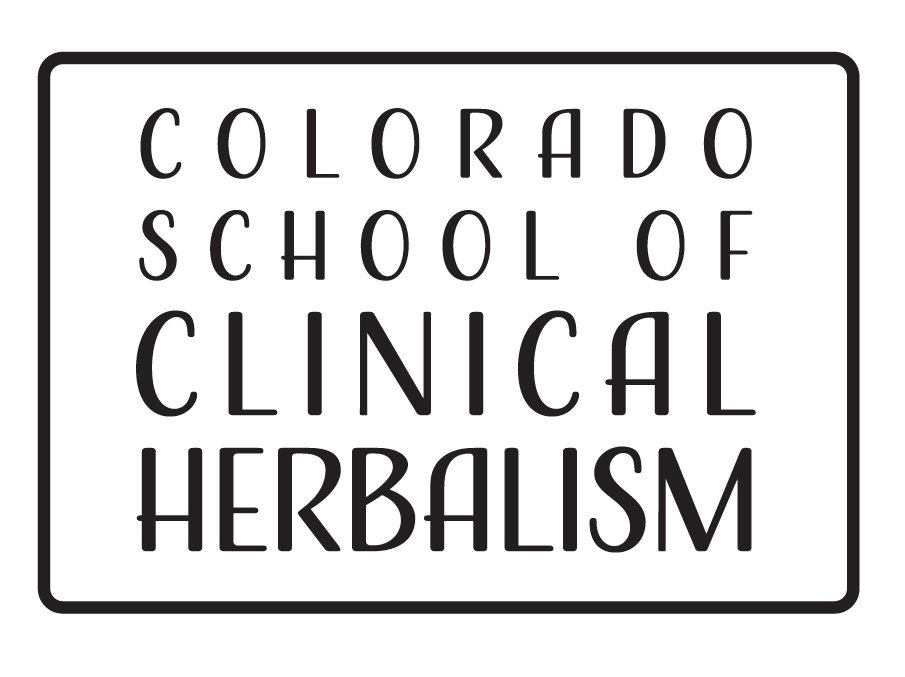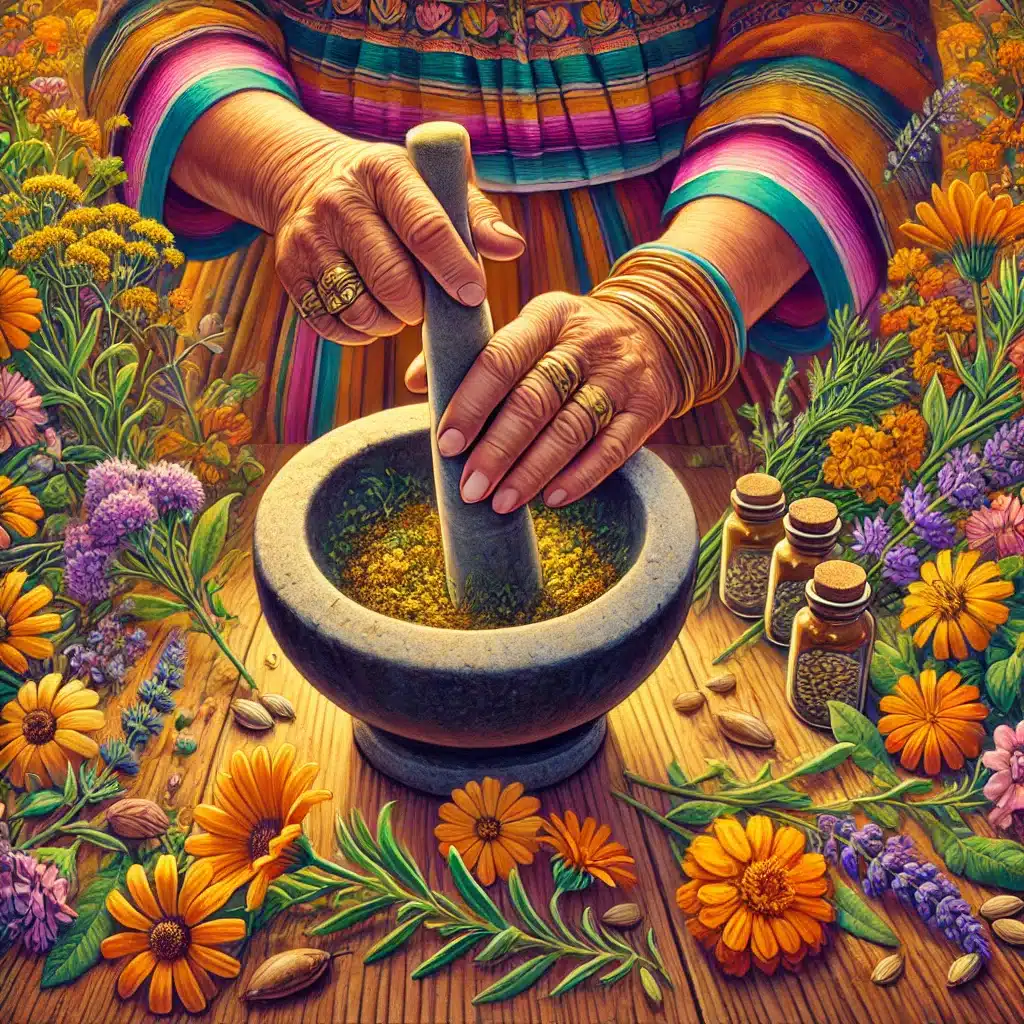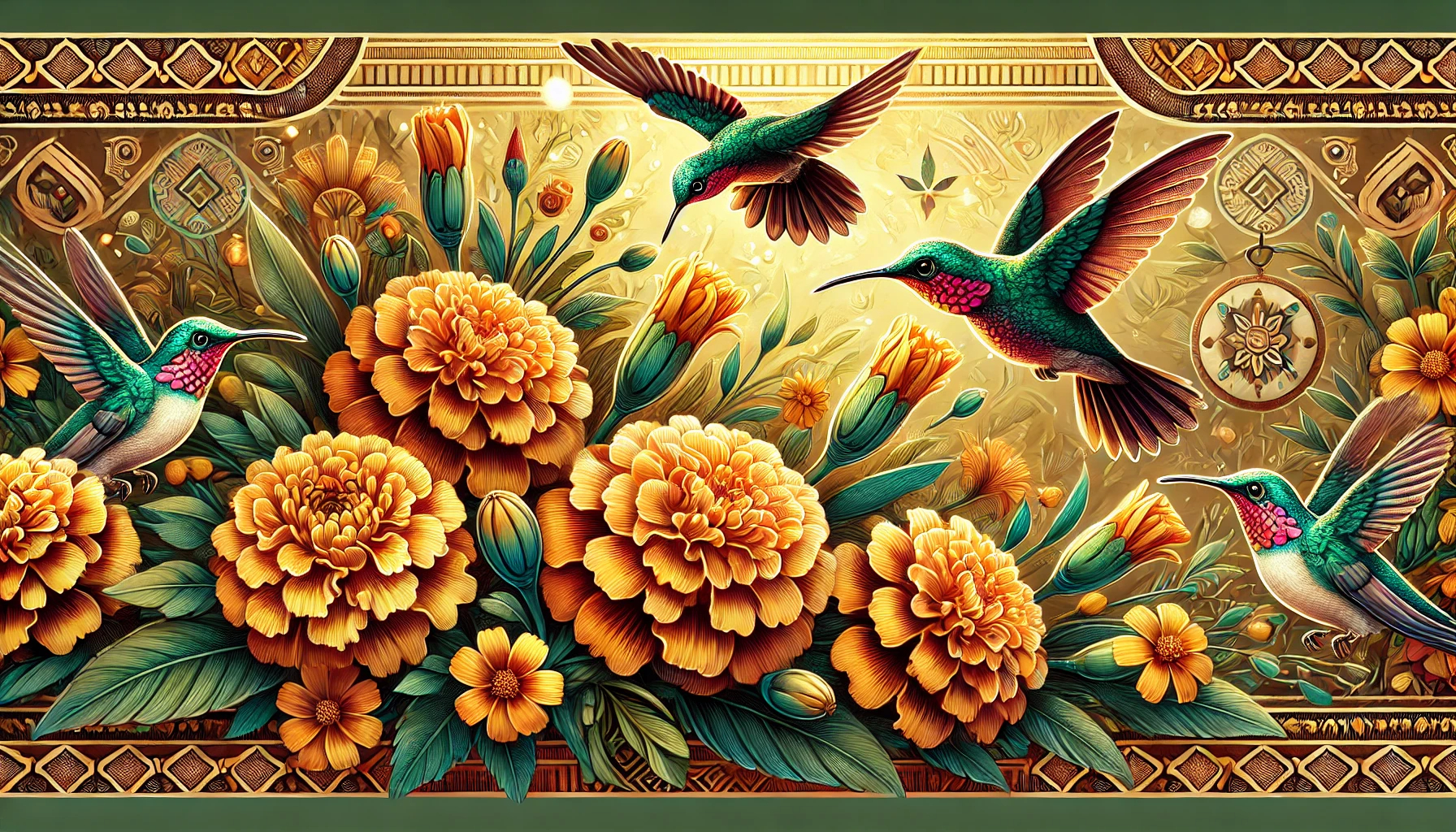by Sofia Arana-Miranda, CCH
In a world where modern medicine often treats only the symptoms of illness, Curanderismo invites us to look deeper—into the soul, into the spirit, and into the interconnectedness of all things. Whether you are seeking physical healing, emotional support, or spiritual guidance, Curanderismo offers a path of integration and wholeness. It invites us to embrace our history, honor the wisdom of our ancestors, and restore balance in our lives.
What is Curanderismo?
Curanderismo is an ancient healing tradition practiced for over 5,000 years across the Americas. Rooted in Indigenous cultures and influenced by colonization, it encompasses a broad range of practices and beliefs- from Indigenous tribes to Spanish-Catholic, Afro Cuban, and Islamic and Greek medicinal knowledge. Each of these traditions brings its own understanding of plants and herbs, some shared across cultures and others imbued with distinct meanings and purposes.
At its core, Curanderismo is an omniversal system of healing that addresses the interconnectedness of body, mind, earth, elements, spirits, and cosmos. These healers have a deep understanding of the physical and spiritual realms, and they utilize their knowledge to guide people on a path of wellness.
Curanderas/os work across several levels to restore harmony:
• Physical/Material (Body): Using ritual objects and natural remedies like plants, herbs, eggs, candles, and temezcals (sweat lodges).
• Spiritual (Spirit): Incorporating prayer, song, meditation, and connection with spiritual beings such as ancestors or saints for guidance and healing.
• Mental/Energetic (Mind): Employing practices like astral projection, dream work, and energy channeling to heal mental and energetic imbalances.
Across these levels there are a myriad of different types of practitioners. Sobadores are body workers that support many systems in the body from sprains to womb work to digestive pains to headaches. Yerberos are herbalists and nutritionists. Espiritualistas are the “faith” healers taking different approaches via religion, ritual, animistic, and other forms of spirituality. Parteras are the midwives, and the list goes on.
Herbs of Curanderismo
North America is home to over 2,000 known medicinal plants, Mexico boasts over 4,000, and South America in the tens of thousands. With such an incredible variety, the study of Curanderismo offers a vast landscape of herbal knowledge. Familiar herbs like chamomile and mint are staples, each carrying the wisdom of its cultural and ecological origins from modern day Mexicans and Peruvians to the ancestral wisdom of Mayans and Incas.
Mint // Yerba Buena // Mentha sciatica/piperita/spp.
Mint plays an important role in most cultures around the world. Many of us recognize it as a digestive aid as well as settling stomach aches or nausea. It’s also helpful in relieving colds, flus, and sinus infections. In Curanderismo, they also use it during cleansings (limpias) and consider it an herb that is able to raise up a “depressed” spirit.
Chamomile // Manzanilla // Matricaria chamomilla/recutita/etc.
Chamomile is a beloved herb, gentle enough for everyone—from adults to small children. It is commonly used to soothe digestive issues, promote restful sleep, ease anxiety, and reduce fevers. Chamomile is also a trusted ally for skin care and as an eye wash, thanks to its calming and anti-inflammatory properties. In Mexico, it is widely embraced as a natural woman’s remedy for relieving menstrual cramps and excessive bleeding.
Nettle // Ortiga Mayor // Urtica spp.
Nettle is a powerhouse herb, rich in nutrients and essential vitamins. It is known for its anti-inflammatory effects and its ability to alleviate allergies, from seasonal hay fever to food sensitivities. Research suggests it can also help manage arthritis and slow its progression. Historically, the Aztecs used nettle to reduce internal and external bleeding, including nosebleeds, cuts, ulcers, and heavy menstrual flow—a practice that continues today. Additionally, it was once fed to horses to enhance their vitality and to hens to boost egg production. On the cosmetic side, soaking crushed nettle seeds in water and using the rinse was a traditional method to achieve glossy, healthy hair.
Honor and Preservation
To engage with Curanderismo, we must approach it with respect, humility, and a deep appreciation for its cultural roots. These healing traditions are not just remedies but living links to ancestral knowledge and the bond between humans and nature. Sadly, overharvesting, habitat loss, and cultural erosion threaten these practices. Preserving them requires protecting plants, rituals, and the wisdom of communities and elders who have safeguarded them. By supporting sustainable practices, respecting traditions, and valuing cultural heritage, we can help ensure these treasures thrive for future generations.
Sources:
Healing with Herbs and Rituals by Eliseo Cheo Torres
The Essential Guide to Western Botanical Medicine, Christa Sinadinos
Plants Used in Mexican Traditional Medicine – Armando González Stuart
Mexican traditional medicines for women’s reproductive health – – https://pmc.ncbi.nlm.nih.gov/articles/PMC9935858/
Doña Lupe Gayosso


